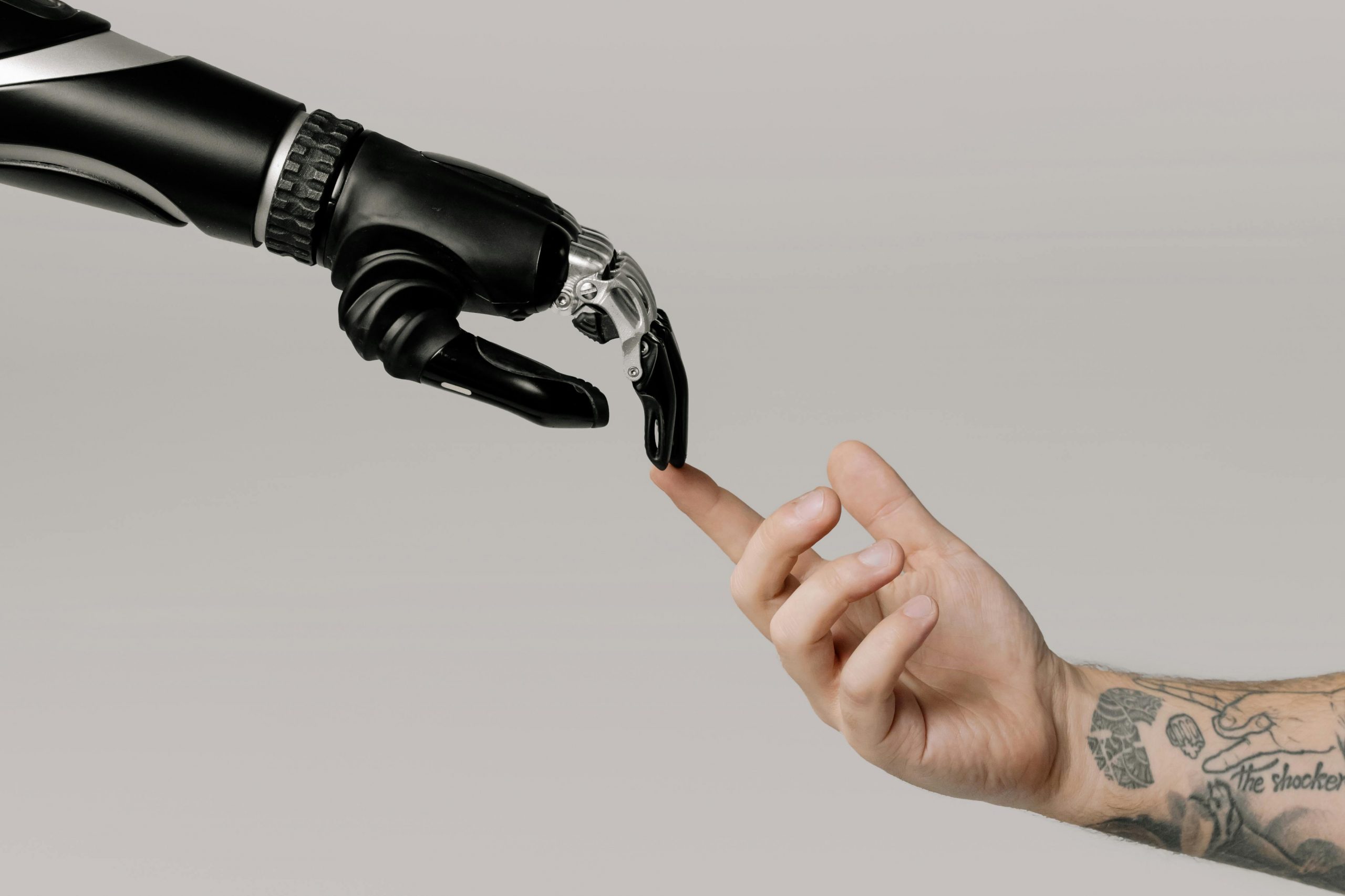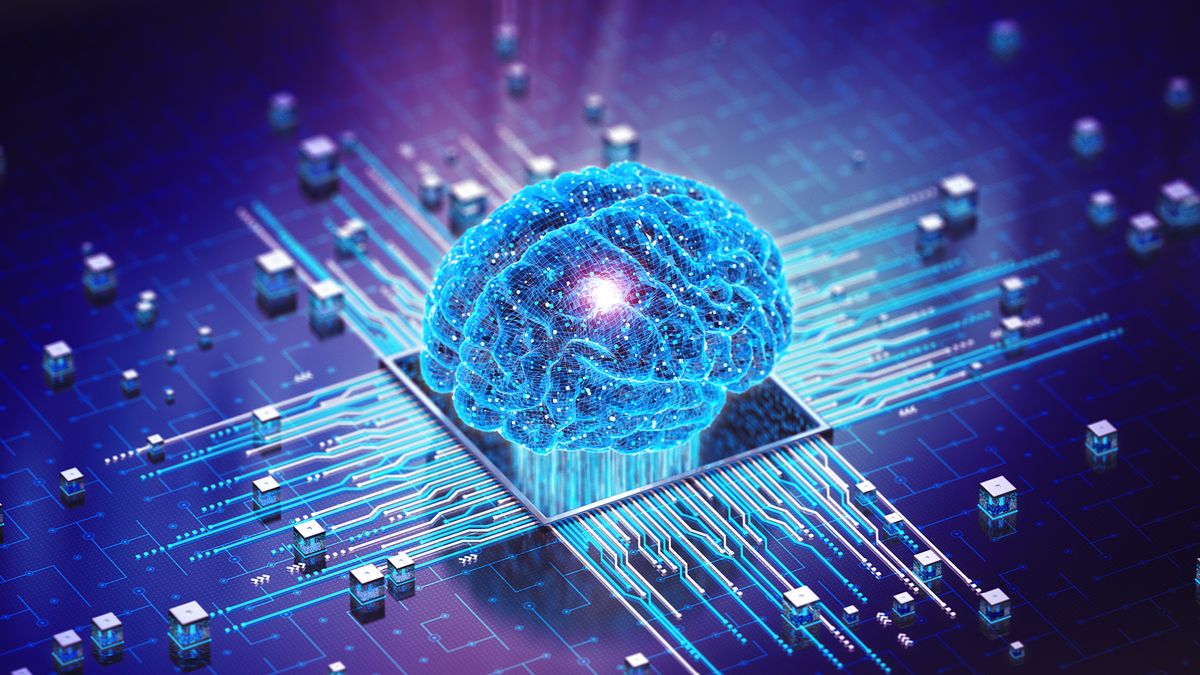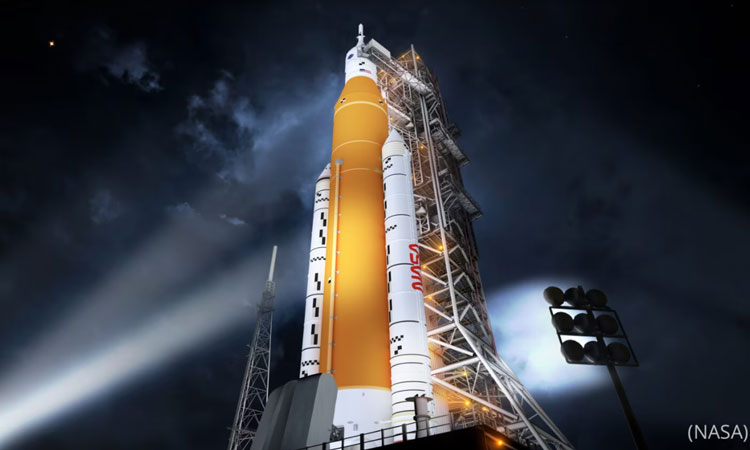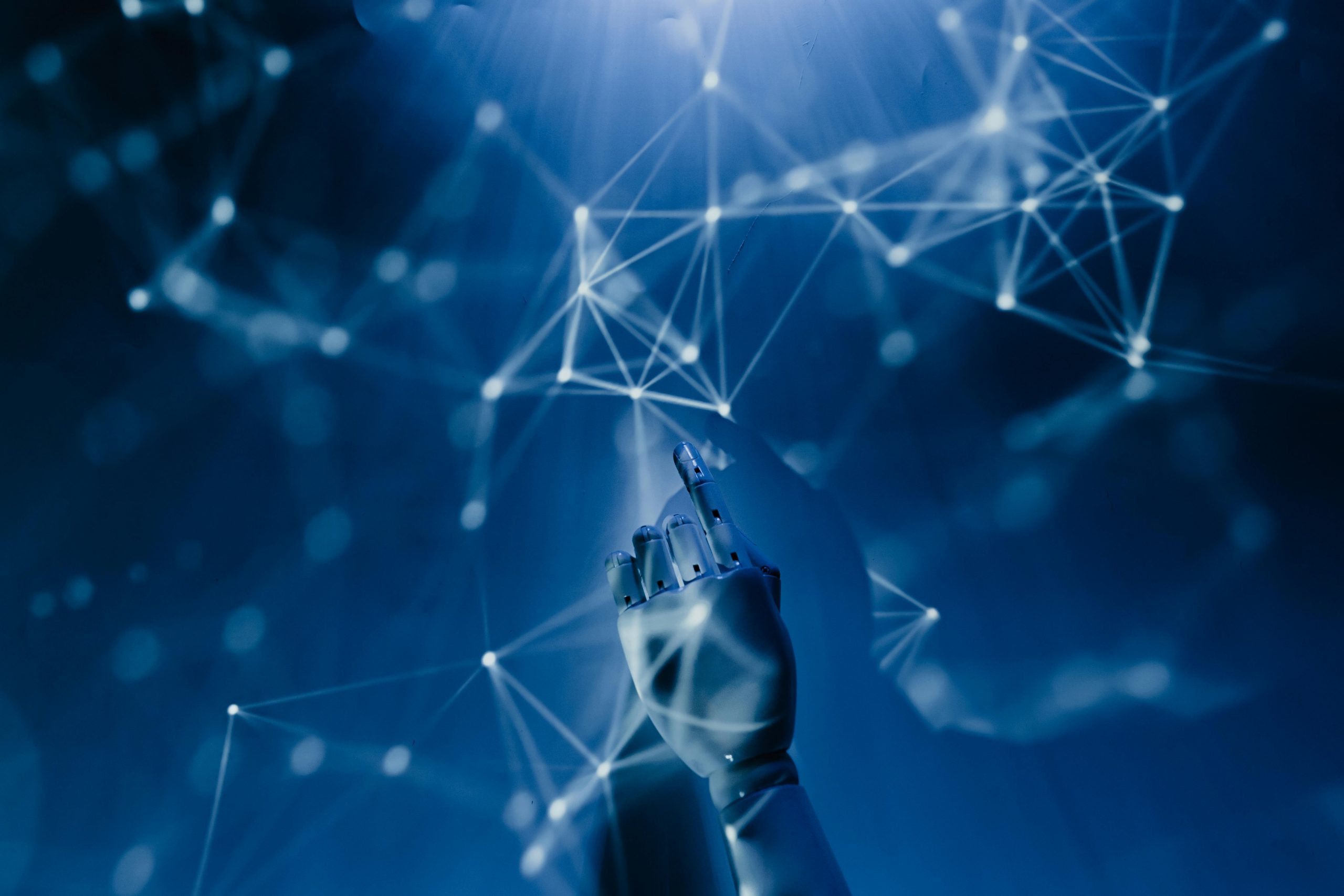The question of whether Artificial Intelligence (AI) will replace the modern workforce is one that has been posed with increasing urgency in recent years. As AI technologies continue to advance at an unprecedented pace, many fear that robots and algorithms will soon take over jobs that have long been performed by humans. This anxiety is fueled by the rise of automation in industries such as manufacturing, retail, and even finance, where machines and AI systems are becoming capable of performing tasks traditionally handled by people. While it’s true that AI has the potential to significantly disrupt the labor market, the reality is much more complex. In this article, we’ll explore the question from multiple angles—considering both the potential for AI to replace jobs and the ways in which it can work alongside humans to create a more efficient, innovative, and productive workforce.
The Rise of AI and Automation in the Workforce
AI has already begun to transform several sectors of the economy. In industries like manufacturing, robots have replaced human labor on assembly lines, performing repetitive tasks with speed and precision. Similarly, in retail, cashierless stores powered by AI have emerged, reducing the need for human cashiers. In finance, AI algorithms are already being used to analyze vast amounts of data and make investment decisions, tasks that were once the sole domain of human traders and analysts. AI-powered chatbots are handling customer service inquiries across a wide range of industries, from banking to hospitality.
Moreover, autonomous vehicles are beginning to impact industries such as transportation and logistics. Companies like Tesla, Waymo, and others are developing self-driving cars and trucks that could one day replace human drivers in roles such as truck driving, delivery services, and even ride-sharing. Many experts predict that automation in these industries will lead to massive job displacement, particularly in blue-collar and low-skill professions.
The concern that AI will replace a large portion of the modern workforce is not without merit. Some studies estimate that up to 47% of jobs in the U.S. could be automated within the next two decades, with jobs in manufacturing, retail, and food services being the most vulnerable. While this data can seem alarming, it’s important to acknowledge that automation has always been a part of industrial progress. In previous technological revolutions, machines and new technologies have rendered certain jobs obsolete, only for new jobs to emerge in their place.
The Limits of AI in Replacing Human Labor
Despite the rapid advancements in AI, there are several significant limitations to what AI can do in the workforce. One of the key limitations is that AI excels at performing repetitive tasks but struggles with tasks that require creativity, emotional intelligence, and complex decision-making. While AI can analyze data and identify patterns faster than any human, it lacks the ability to think critically or make nuanced judgments based on human values and ethics.
For example, professions like nursing, therapy, and teaching require deep emotional intelligence and empathy—traits that AI has yet to replicate. While AI can assist doctors by providing medical insights based on data, the human touch is essential in patient care. Similarly, teachers rely on building relationships with students and tailoring their teaching strategies to each individual’s needs, something that AI is currently unable to achieve on its own. In jobs that involve customer interactions, AI chatbots may provide quick answers to frequently asked questions, but they cannot replace the empathetic listening, understanding, and nuanced judgment that a human worker brings to the table.
Furthermore, AI systems are limited by the data they are trained on and can only make decisions based on patterns within that data. They cannot think beyond the information they’ve been given or adapt to radically new situations. As a result, jobs that require problem-solving in unpredictable environments are not easily automated. For example, an AI-powered robot might be able to assemble a product in a factory, but it cannot adapt to unforeseen challenges, such as a change in product design or a malfunction in the machine.
The Role of Humans in the AI-Era Workforce
Rather than replacing humans, AI is likely to complement the workforce by automating certain tasks, freeing up workers to focus on more complex, strategic, and creative tasks. Many experts believe that AI will create new opportunities for human workers in fields that require skills that AI cannot replicate. As AI takes over repetitive and mundane tasks, employees will have more time to focus on higher-level work that requires human intelligence, creativity, and emotional engagement.
One area where humans are likely to continue to play a key role is in managing and overseeing AI systems. While AI can help automate tasks and analyze data, humans will still be needed to monitor AI systems, ensure their accuracy, and intervene when necessary. AI systems are not perfect and can sometimes make mistakes or encounter ethical dilemmas that require human oversight. Moreover, humans will still be needed to interpret the results provided by AI and make decisions that are in line with human values.
The need for human creativity and innovation is another key factor that will keep humans relevant in the workforce. While AI can automate certain tasks, it cannot generate entirely new ideas or envision new solutions to problems in the way that humans can. Fields like design, art, and entertainment will likely continue to rely on human workers, even as AI tools are used to assist and augment the creative process. For instance, AI may be used to generate music, art, or literature, but human artists will still play a crucial role in shaping and refining these creations, infusing them with meaning, emotion, and personal perspective.
Retraining and Upskilling the Workforce
As AI continues to shape the workforce, the need for retraining and reskilling programs will become increasingly important. Workers who are displaced by automation will need to learn new skills in order to transition to new roles. This is especially important in industries like manufacturing, where many jobs are being automated. However, AI is also creating new job opportunities in areas like data science, machine learning, and AI development, which require specialized knowledge and expertise.
Governments, businesses, and educational institutions will need to invest in training and education programs to equip workers with the skills needed to thrive in an AI-powered economy. Reskilling efforts should focus not only on technical skills but also on soft skills like problem-solving, critical thinking, and emotional intelligence—areas where humans will continue to have a competitive advantage over AI. By fostering a culture of lifelong learning, society can ensure that workers remain adaptable and resilient in the face of technological disruption.
Conclusion: A Symbiotic Relationship Between Humans and AI
In conclusion, while AI is undoubtedly transforming the workforce and has the potential to replace certain jobs, it is unlikely to fully replace humans in the workforce. Instead, AI will likely complement human workers, automating repetitive tasks and freeing up people to focus on more complex and creative tasks. Rather than fearing AI as a threat to jobs, society should embrace the opportunities it presents for innovation, efficiency, and personal growth.
AI’s true potential lies not in replacing humans but in augmenting human capabilities. By working alongside AI, humans can achieve greater levels of productivity, creativity, and problem-solving. The future of work is not about a world where humans are replaced by machines, but about a world where humans and AI work together to create new possibilities and enhance our collective potential. The key to navigating this future will be ensuring that workers are equipped with the skills, mindset, and opportunities needed to thrive in an ever-changing landscape.





